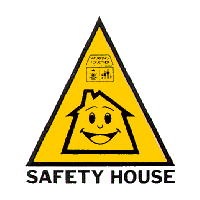History
The program was established in North Dandenong, Victoria, Australia in 1979. [1] New South Wales took up the program in April, 1984. Safety Houses were denoted by a square yellow plastic sign featuring the Safety House logo.
The Safety House Program was discontinued in Victoria from 31 July 2013. [2] The organisation cited changing community trends in their decision to wind up the program, such as the greater number of children being driven to school, and the lower number of stay-at-home parents.
In New South Wales the Safety House Program has been discontinued in favour of a new program designed to provide children with simple strategies to help ensure their own personal safety. [3] [4]
As of 2023, the Safety House program still runs independently in Western Australia. [5]
This page is based on this
Wikipedia article Text is available under the
CC BY-SA 4.0 license; additional terms may apply.
Images, videos and audio are available under their respective licenses.

